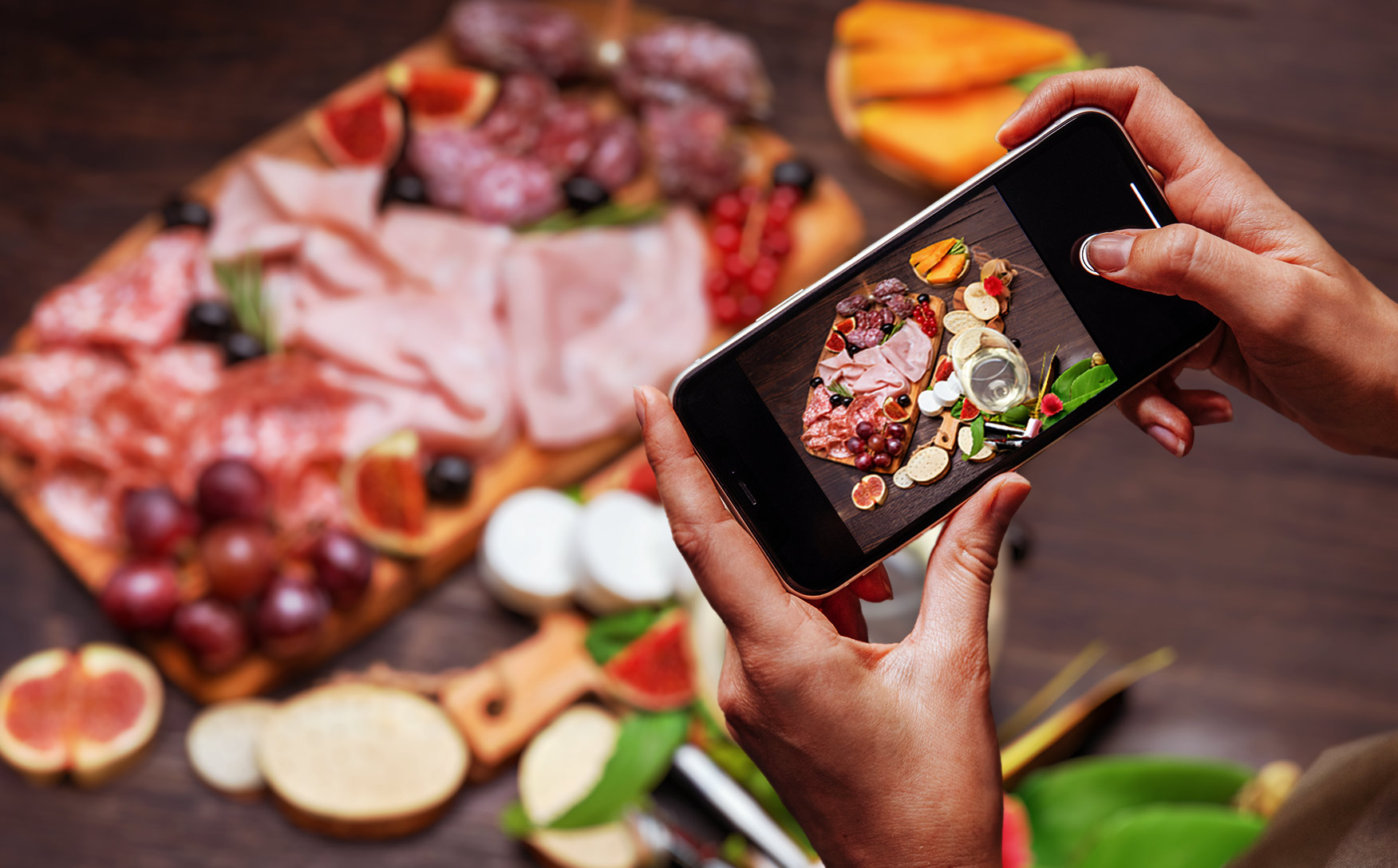But I also remember feeling like we were trying to “keep up.” Growing up, I was familiar with “keeping up with the Joneses” and saw my parents balance our family’s “have to haves” with the “nice to haves” that kept us on par with our neighbors. My senior year of high school, right as it was time to start coming into my own as a young adult, Keeping Up with the Kardashians debuted, giving my generation a whole new set of unrealistic expectations to live up to.
Social media has exacerbated this phenomenon in the years since, allowing everyone to highly curate the version of their life they share online. Filters, Photoshop® and the perfect set of hashtags now don nearly every post I see. I guarantee when this blog post goes live and I share it on my personal social channels, I’ll rewrite the caption multiple times to make sure it’s perfect and do a little hashtag research to ensure the post gets seen. For so many in my generation, this is how we interact with social media without even questioning it. Because today, that’s what it means to “keep up.”
The influence of these apps and the people on them have permeated nearly every area of our lives. Today, social media holds more sway over Millennials than it does with any other generation, even our younger Gen Z counterparts.1
One macrotrend in social media that I’ve been watching for years is the rise of the food influencer. In marketing today, we know that food influencers (even those with smaller followings) can have a huge impact on product promotion – because they have undeniable influence over people’s purchase decisions. Where would charcuterie boards be today if there weren’t influencers posting perfectly assembled images of them to Instagram?
Food influencers also played an important role during the pandemic – providing inspiration for folks stuck at home. How many young adults who never made bread in their life suddenly had sourdough starter in their fridge during those early days of social distancing? Food influencers assured us we totally had the skills to make bread – so we did. I am convinced that this influence has a much bigger impact on experimentation at retail than we realize.
Fifty-five percent of Millennials (more than any other generation) say they enjoy trying different foods; 52% (still more than any other generation) prefer to visit restaurants that offer new or innovative flavors or ingredients.2 Throughout COVID-19, Midan tracked a lot of consumer behaviors, specifically around meat purchases. One of the questions we asked repeatedly was how much people were experimenting with different types or cuts of meat. Every time we asked it, Millennials were doing it more than any other generation.
Between 2019 and 2021, retail sales of exotic meats increased 18.3% (by volume); lamb sales increased by 19.3%.3 Is this partially explained by the fact that a lot of meat departments were experiencing severe out of stocks during the pandemic? Probably. But I think it was also fueled by the fact that Millennials saw influencers trying new, different proteins – so they did, too.
Millennials are no longer the new, young generation of shoppers, but they’re going to be an important one to watch for decades. And they are showing marketers very clearly that they are going to follow social media trends to a degree we haven’t seen before. This highlights just how important it is for brands to be aware of trends (particularly on social media!) and how they might be affecting their customers.
If you aren’t a Millennial or Gen Z, keeping up with social media trends probably sounds daunting. Fortunately, there are social listening programs that can help you find conversations happening in the social space about your product or industry, along with positive and negative sentiments around the topic so you can make more informed decisions. At Midan, we use social listening to gauge how consumer sentiment is evolving around the brands we work on. It’s also a tool that lets us follow conversations about important agricultural issues like animal welfare and sustainability that are happening on social channels.
Keeping up with the Joneses isn’t a matter of seeing your neighbor’s new car in the driveway anymore. Instead, following trends and staying up to date happens almost entirely online. And while it has made it much more challenging for Millennials and the subsequent generation to “keep up,” that transition to the social space has made it much easier for marketers to follow the trends.
2 Technomic, Generational Consumer Trend Report, 2020
3 IRI, Integrated Fresh, MULO, 104 WE 12/28/2021

